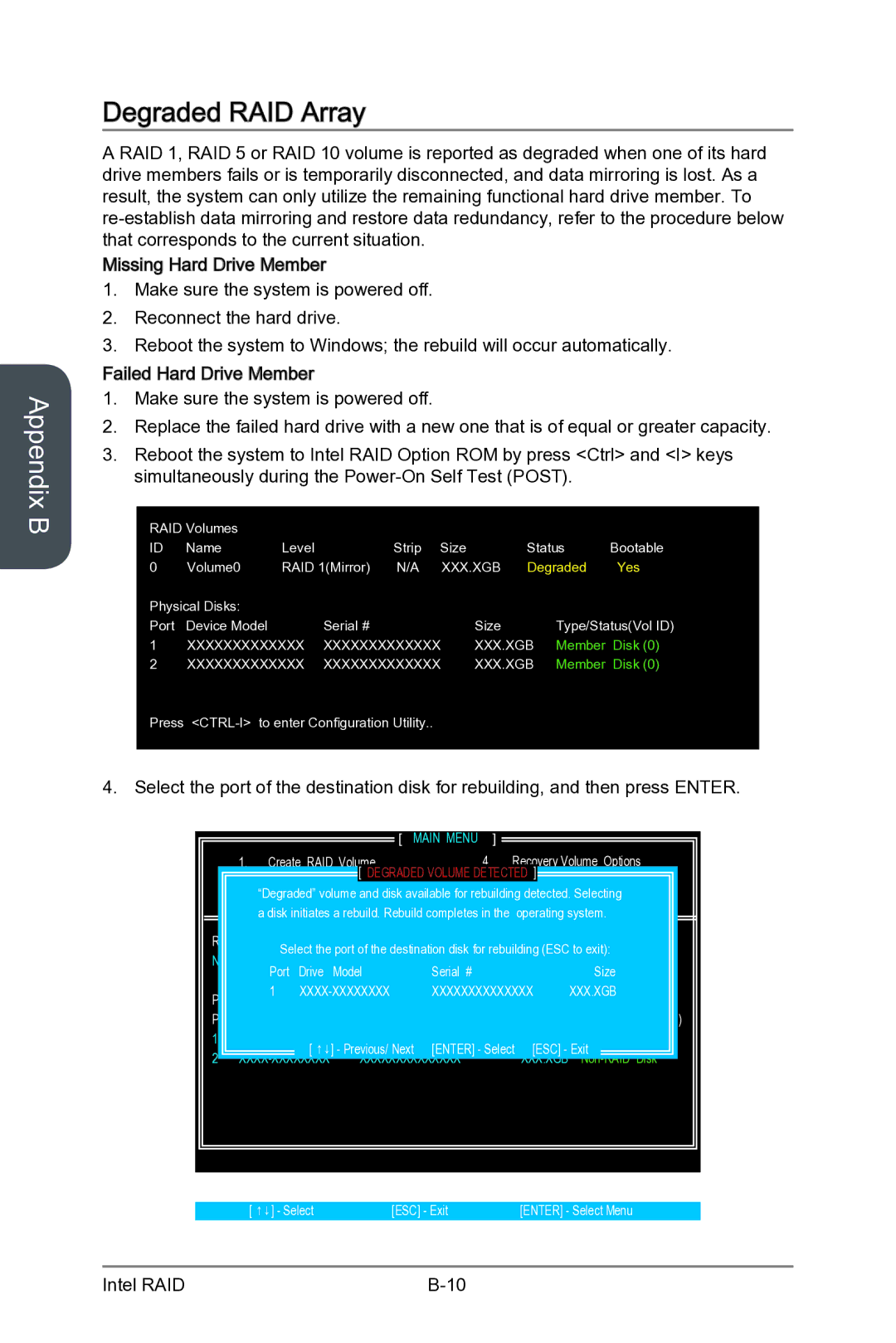Z87-G55 specifications
The MSI Z87-G55 is a mid-range motherboard designed for Intel's 4th generation processors, specifically those that utilize the LGA 1150 socket. Targeted at gamers and PC enthusiasts, this motherboard combines performance, flexibility, and advanced features to cater to a range of computing needs.One of the key features of the MSI Z87-G55 is its support for Intel's Turbo Boost technology, which allows the processor to automatically adjust its speed based on the workload. This results in improved performance during demanding tasks, whether it's gaming, video conferencing, or content creation. The motherboard also supports Intel's Hyper-Threading technology, which can enhance multitasking capabilities by allowing each physical core of the processor to handle two threads simultaneously.
The Z87-G55 is equipped with four DIMM slots that support DDR3 memory with speeds up to 3200 MHz (OC). It can accommodate a total of 32GB of RAM, enabling users to run memory-intensive applications and multitask with ease. Additionally, the board utilizes a military-grade component design that enhances the motherboard's durability and reliability, assuring users that it can withstand extended periods of heavy use.
Storage options on the MSI Z87-G55 are extensive, featuring six SATA III ports, one of which is optimized for Intel's Smart Response Technology. This feature allows for the pairing of traditional hard drives with SSDs to accelerate storage speeds. Furthermore, the motherboard supports RAID configurations, ensuring data protection and enhanced performance through disk redundancy.
In terms of connectivity, the Z87-G55 includes a variety of USB ports, supporting both USB 2.0 and USB 3.0 standards, providing high-speed data transfer capabilities. It also features HDMI and DisplayPort output options for high-resolution displays, making it suitable for multi-monitor setups or high-definition gaming.
Another standout technology on the Z87-G55 is MSI's Click BIOS 4, which provides an easy-to-navigate interface for users to tweak system settings, monitor performance, and manage overclocking settings without hassle. The motherboard is also designed with Military Class components, ensuring that the system performs reliably even under extreme conditions, which is critical for gamers and overclockers alike.
Overall, the MSI Z87-G55 motherboard offers a balanced mix of performance, connectivity, and advanced features, making it a solid choice for those building a powerful and reliable Intel-based PC. Whether for gaming, productivity, or creative tasks, this motherboard provides the necessary foundation to achieve optimal results.

